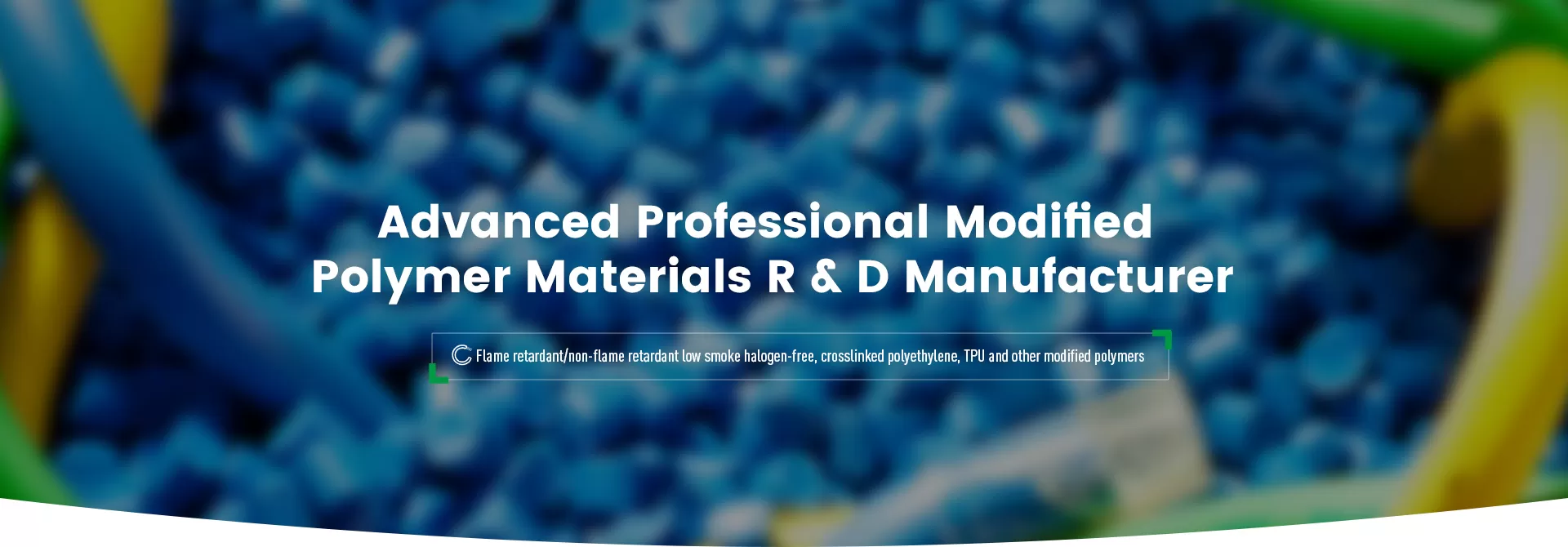
Application Areas
This product complies with the IEC60092-360 standard and is suitable for ship cables
Product Parameters
| Testing items | VALUE | Typical value | UNIT | Method |
| Density(20℃) | - | 1.52 | g/cm3 | GB/T 1033 |
| Tensile strength | ≥10 | 12.5 | MPa | GB/T 1040.2 |
| Elongation at break | ≥150 | 170 | % | GB/T 1040.2 |
| Heat deterioration 100±2℃,168h | ||||
| Tensile strength | ≥7 | 13.5 | MPa | GB/T 1040.2 |
| Rate of change in the tensile strength | ≤±30 | 8 | % | GB/T 2951.12 |
| Elongation at break | ≥110 | 160 | % | GB/T 1040.2 |
| Rate of change of fracture elongation | ≤±30 | -6 | % | GB/T 2951.12 |
| Impact brittlement temperature(-40 ºC) | ≤15/30 | 0/30 | 个 | GB/T 5470 |
| Volume resistivity(20ºC) | ≥1.0×1010 | 2.5×1010 | Ω·m | GB/T 1410 |
| Dielectric strength(20ºC) | ≥20 | 25 | MV/m | GB/T 1408.1 |
| Behaviour at high temperature | ≤50 | 24 | % | IEC60811-508 |
| Resistance to cracking heat shock(150℃,1h) | no cracks | no cracks | / | IEC60811-509 |
| HCl and HBr gas releases | ≤2 | 0 | mg/g | GB/T17650 |
| Combustion gas PH | ≥4.3 | 5.8 | / | GB/T17650 |
| Combustion gas conductivity | ≤10 | 5 | μs/mm | GB/T17650 |
| LOI | ≥35 | 38 | % | GB/T 2406 |
| Flame retardant cables | Bundle A | Bundle A | / | IEC60332-3-22 |
| Cable light transmittance | ≥60 | 82 | % | IEC 61034-2 |
Low-smoke halogen-free flame-retardant polyolefin cable material is a material widely used in the wire and cable industry, especially in ships, vessels and marine engineering equipment. It has become a mainstream cable product due to its environmental and health characteristics. This material has low smoke emission when heated and does not contain halogens. It can reduce the generation of toxic and corrosive gases during combustion, thereby protecting the safety of personnel and equipment.
The formula of low-smoke halogen-free flame-retardant polyolefin cable material is usually composed of polyolefin blended resin, flame retardant filler (such as aluminum hydroxide, magnesium hydroxide), antioxidant and smoke suppressant. Its flame retardant mechanism is mainly that during combustion, the flame retardant filler will release crystal water, absorb heat, and produce a large amount of water vapor, dilute the combustible gas, prevent combustion, and form a layer of non-melting and non-combustible oxide hard shell on the surface of the material to block the thermal oxygen reaction between the polymer and the outside world.
Flame retardant properties: It has low smoke, halogen-free, low corrosion, low toxicity and other characteristics, the oxygen index reaches 33-35, the smoke density is low, the halogen content is low, the corrosiveness is small, and the toxicity index is low.
Physical, mechanical and electrical properties: Due to the addition of a large amount of inorganic flame retardants, the physical, mechanical and electrical properties will be reduced, such as reduced tensile strength and elongation at break, affected anti-aging performance, larger thermal deformation, poor softness, reduced trauma resistance and moisture resistance, reduced volume resistivity and electrical breakdown strength, and reduced dielectric constant and dielectric loss tangent.
In shipbuilding and marine engineering, the technical performance of low-smoke halogen-free cables is particularly important because these environments are usually poorly ventilated. The use of low-smoke halogen-free materials can reduce the release of toxic gases during fires, protect personnel safety and equipment integrity. These cable products need to meet specific technical standards to ensure their performance and safety in specific environments.